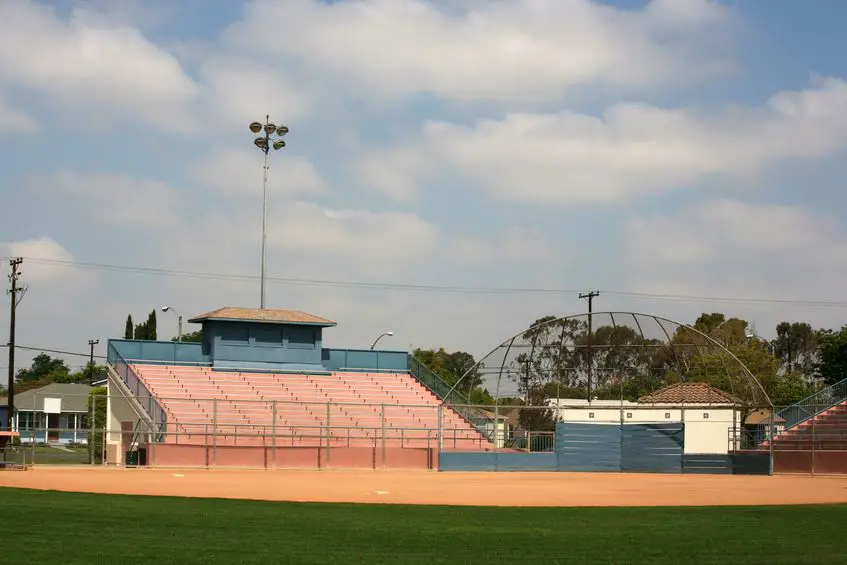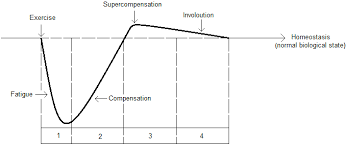
The most efficient way to prepare the body physically and psychologically for performance is through supercompensation. Training uses energy that is derived from the food we eat. There needs to always be a balance between energy expenditure and energy intake through nutrition. This is softball supercompensation.
Training puts the body into an “unbalanced” state. Between training sessions, the body works to recover and return itself to a balanced state which is called homeostasis. The consumption of nutrients in the process is called compensation which can take several hours to complete. The amount of reserves in the body will have an effect on the speed of recovery.
Softball Supercompensation
Supercompensation is about manipulating the fatigue factor. An athlete that trains, experiences fatigue fairly quickly after the training event. During the recovery period, the athlete replenishes the glycogen through nutrition and the body is taken to a higher level of homeostasis than before the training occurred. This is the supercompensation state.
If training is not resumed during this state, the training effects will decline and homeostasis at the level of pre-training will result. If the athlete begins training before supercompensation occurs then de-training may result as a result of accumulated fatigue. Highly trained athletes have systems that can resist fatigue more effectively than less trained athletes therefore may not require the same amount of recovery time.
This is why it is critical to know the recovery times for the different energy systems and what the systems correlate with as far as training methods.
After training, the body’s biological base must be returned to homeostasis or “balance”. All nutrients must be replenished that were used during the training session. This time period is referred to as compensation. If the balance is not restored through rest and nutrition, it will result in performance deterioration rather than performance gains. The time required for this balance restoration depends on the level of intensity of training. Recovery is a slow process so if the training was at a high intensity level it will take longer to recover. During this recovery and recovery of glycogen stores in the muscles, if done correctly, the body will experience physiological gains known as super-compensation.
There are 4 phases to the super-compensation cycle:
- Fatigue which is felt after training
- The rest period (approximately 24-48 hours)
- The body is compensated fully or “rebounds” back to its homeostasis at which time adaptations occur from additional training
- If training does not occur during this optimal time period then the increase in adaptation will simply return to homeostasis or balance

Each time the athlete achieves super-compensation, their homeostasis is higher than the previous one which is how the athlete improves performance in the long term. The key to this increase is recovery rather than continuous increases in intensity without adequate recovery and regeneration.
Alternating the energy systems being trained will allow for less time between training sessions to ensure super-compensation occurs. The type of training will also effect the super – compensation cycle. For example if the aerobic system is being trained it can occur within 6-8 hours, while if the CNS is being trained then at least 24 hours is required. Alternating high and low intensity training is a good way to prevent over training and an actual decrease in training gains while facilitating super-compensation.
This will also all be effected depending on the training phase you are in within your yearly training plan.
De-training
After a period of inactivity due to retirement, injury or illness, end of a season or other factors, the body begins to lose the gains acquired during the season and during training. After 4-8 weeks of inactivity, an athlete can lose their fitness gains entirely.

